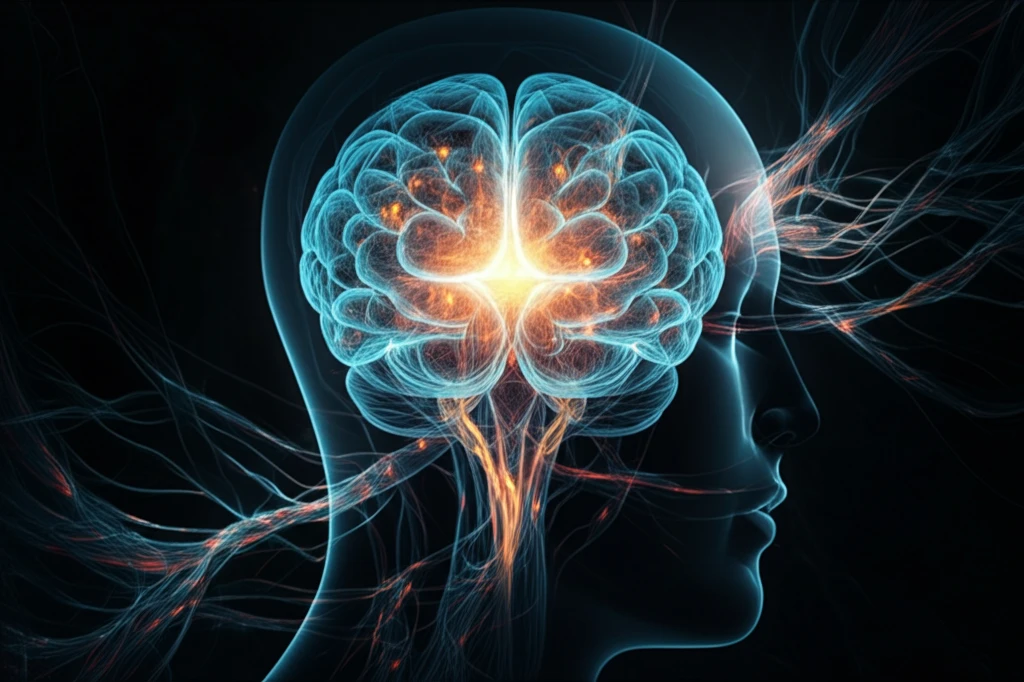
Shedding Light on Glioma: How Nanotechnology Could Revolutionize Brain Tumor Treatment
"Dual-Mode Nanoprobes Offer a Glimmer of Hope for Precise Diagnosis and Targeted Therapy of Brain Tumors"
Glioblastoma, or GBM, presents formidable treatment challenges; the median survival time remains approximately 15 months, even with aggressive approaches like surgery, radiation, and chemotherapy. This poor prognosis stems from difficulties in precisely defining tumor margins and the infiltrative nature of GBM, which complicates complete surgical removal. The elusive nature of these tumors necessitates innovative strategies for both imaging and therapy.
Conventional chemotherapeutic approaches often struggle due to the blood-brain barrier (BBB), a protective mechanism that restricts the passage of many drugs into the brain. This barrier, while crucial for protecting the brain from harmful substances, also hinders the delivery of life-saving medications to tumor cells. Additionally, high interstitial fluid pressure within tumors further impedes drug penetration. Nanotechnology, however, offers a promising avenue to overcome these limitations, demonstrating the potential to transport drugs across the BBB and directly into brain tumors.
To address these challenges, researchers are exploring nanoparticles that can exploit the enhanced permeability and retention (EPR) effect, a phenomenon where nanoparticles preferentially accumulate in tumor tissue due to leaky vasculature and impaired lymphatic drainage. Effective transvascular delivery of nanoparticles across the blood-brain tumor barrier (BBTB) remains a hurdle, necessitating a deeper understanding of nanoparticle properties in relation to the size of pores within the BBTB. The development of targeted, multi-functional nanoprobes is crucial for enhancing diagnostic accuracy and therapeutic efficacy.
Dual-Mode Nanoprobes: A New Frontier in Glioma Imaging

A recent study has spotlighted the potential of dual-mode nanoprobes for glioma imaging and treatment. These innovative agents combine the strengths of both MRI and near-infrared (NIR) fluorescence imaging to provide a comprehensive diagnostic tool. Researchers synthesized a generation 5 (G5) PAMAM dendrimer conjugated with GdDOTA, a clinically relevant MRI contrast agent, and DL680, a near-infrared fluorescent dye. This dual-mode agent was designed to overcome the limitations of traditional imaging techniques.
- Enhanced Permeability and Retention (EPR) Effect: Nanoparticles accumulate in tumors due to leaky vasculature and poor lymphatic drainage.
- Dual-Mode Imaging: Combines MRI for anatomical detail with NIR fluorescence for high sensitivity.
- Targeted Delivery: Nanoparticles can be engineered to specifically target tumor cells.
- Therapeutic Potential: Nanoparticles can deliver drugs directly to the tumor, minimizing systemic side effects.
The Future of Glioma Treatment
Dual-mode nanoprobes represent a significant step forward in glioma imaging and targeted therapy. By combining MRI and NIR fluorescence imaging, these agents offer enhanced diagnostic accuracy and the potential for precise drug delivery. Further research is needed to optimize nanoprobe design, assess long-term safety, and translate these findings into clinical applications. However, the development of these innovative tools offers a beacon of hope for improving outcomes for patients with glioblastoma.
